Tag: biology’
Ecology for Kids
- by KitchenPantryScientist
I’m really excited about my newest book, Ecology for Kids. It’s full of activities perfect for Earth Day, or any day when kids want to get their hands into some fun biology projects that teach them about Earth’s ecosystems. ( Ecology for Kids is available everywhere books are sold.)

Click here to watch a TV segment where I demonstrate how to make terrariums (rainforest ecosystems) and expanding cacti (desert ecosystems). I also illustrate ocean acidification using color-changing purple cabbage juice, baking soda, vinegar and carbonated water.
The book was illustrated by Kelly Anne Dalton and photographed by Amber Procaccini. Here’s a peek at a few images from the book, which contains biographies of 25 inspiring ecologists, paired with projects that help kids explore the work of those scientists.

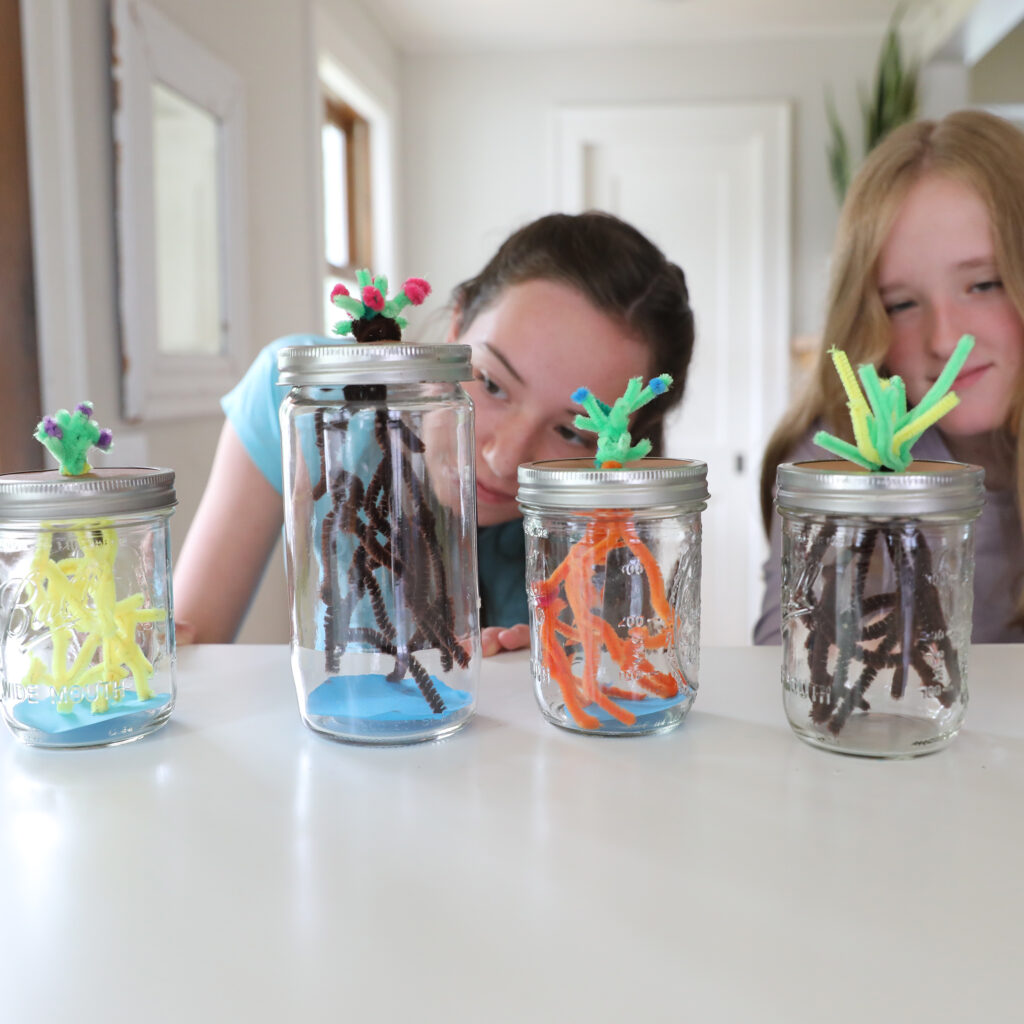
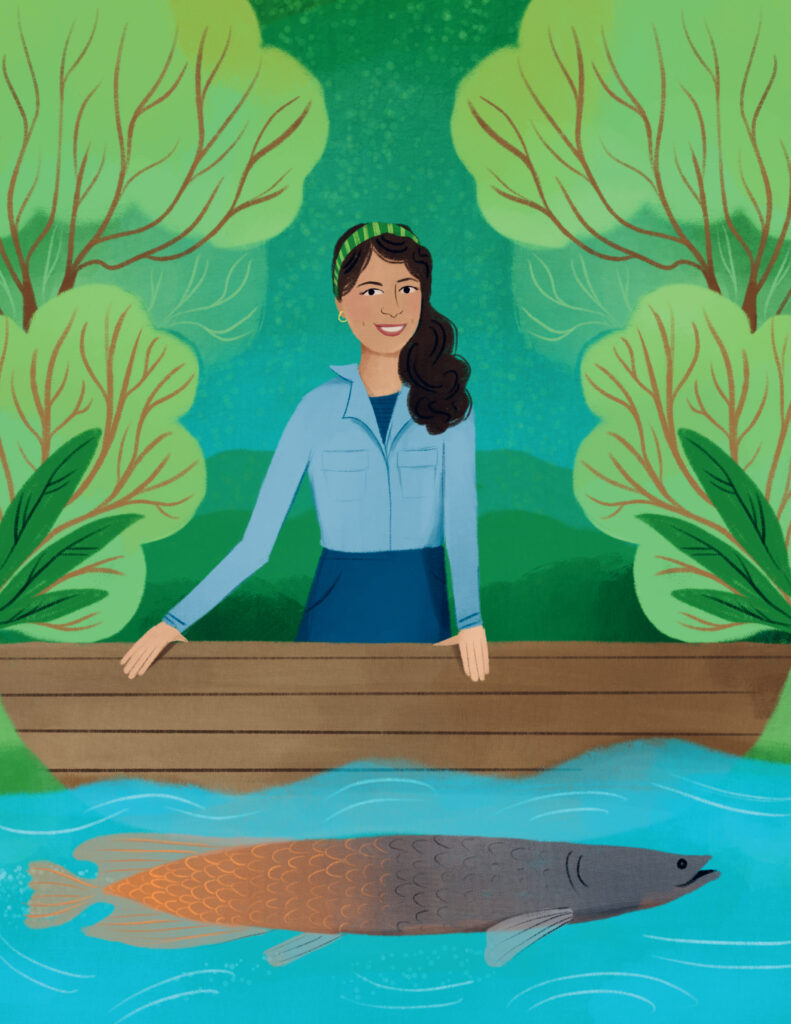
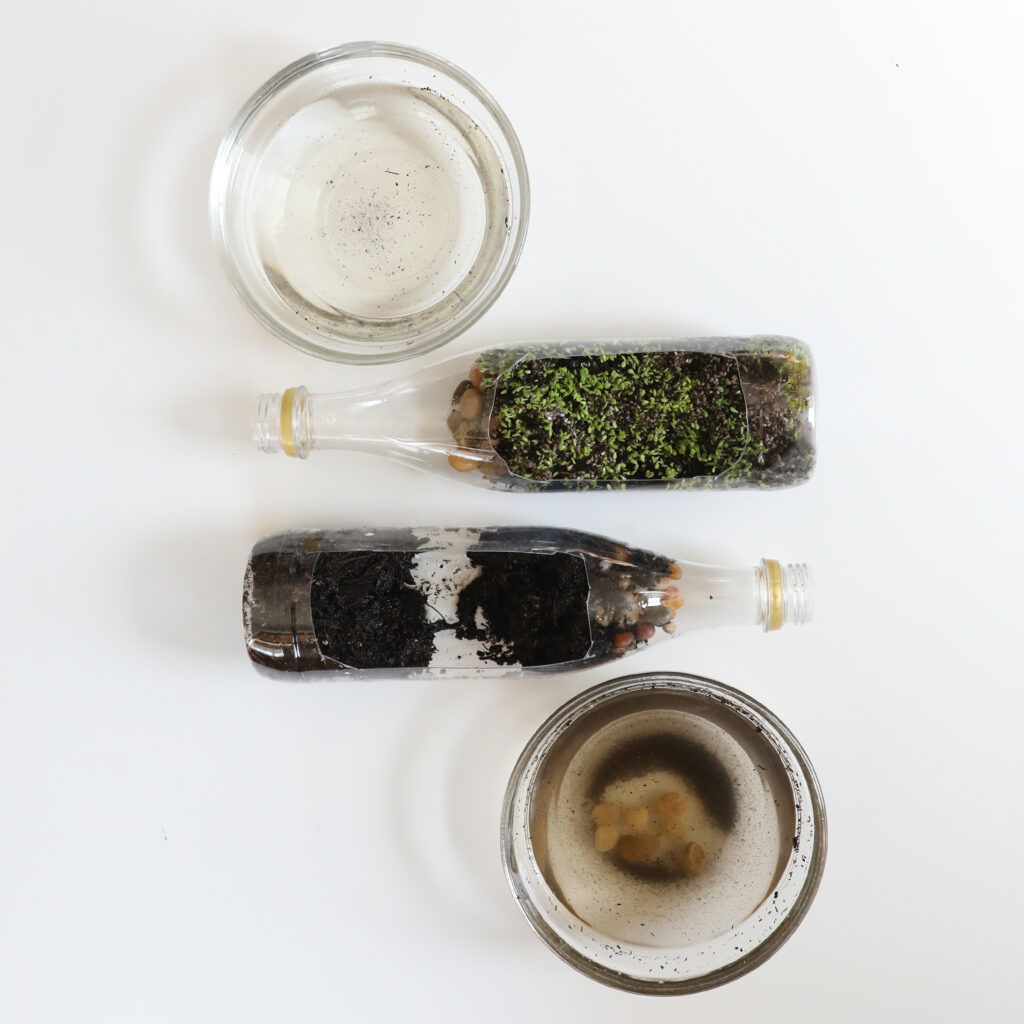
Summer Science- Botany for Kids (pressing plants and making a plant collection)
- by KitchenPantryScientist
With summertime here, kids will be spending more time in parks, backyards and at cabins. Pressing plants to make a botanical collection and nature journaling get them outdoors to interact with the environment and discover the science all around them. Here’s a short video demonstrating how to press plants using cardboard, newspaper, watercolor (absorbent) paper and a heavy book.
(Project from The Kitchen Pantry Scientist, Biology for Kids Quarto Books, 2021)
Two “Buggy” Biology Projects for Kids
- by KitchenPantryScientist
Summer is almost here, and so are the bugs! Here’s a short video segment featuring two inspiring scientists, paired with fun projects from my new book, “Biology for Kids” (available everywhere books are sold.)
Earth Day Science projects from “The Kitchen Pantry Scientist-Biology for Kids”
- by KitchenPantryScientist
I demonstrated a couple of Earth Day science projects from my new book today on WCCO Midmorning! “The Kitchen Pantry Scientist- Biology for Kids” will be out May 11 and is available for pre-order now, everywhere books are sold.https://cbsloc.al/3dYOTUcHere’s how to make nature bracelets from duct tape and mason bee houses from empty cans, paper straws and rolled paper.
New Book! The Kitchen Pantry Scientist Biology for Kids
- by KitchenPantryScientist
So excited for Biology for Kids’ book release on May 11th! Here’s a sneak peek at a few projects from the book. Pre-order now from your favorite bookseller or click here to order.

Potato Maze
- by KitchenPantryScientist
I almost always have a sprouting potato or two around my kitchen. I’ll buy a bag of spuds and only use part of it, leaving the rest to turn green and eventually end up in the compost.
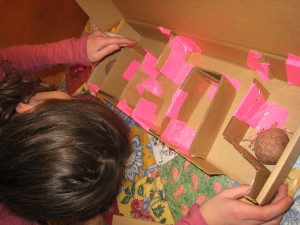
Luckily, those orphan potatoes are perfect for a few science experiments. One teaches you a little bit about physics as you watch an object in motion (a drinking straw) remain in motion as you drive the flimsy plastic deep into a potato. The other, a potato maze, teaches you a little biology as you think about what a potato needs to grow.
We’d stabbed a straw into a potato before,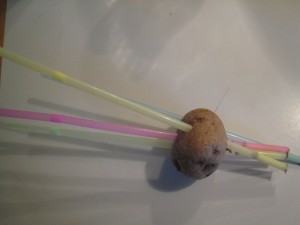 but it worked shockingly well with the boiling potatoes we got from our farm share. The straws went all the way through! Click here to learn how to do the potato experiment yourself!
but it worked shockingly well with the boiling potatoes we got from our farm share. The straws went all the way through! Click here to learn how to do the potato experiment yourself!
To make a potato maze, all you need is a sprouted potato, duct tape,some cardboard and a shoe box (or any cardboard box with a lid.) 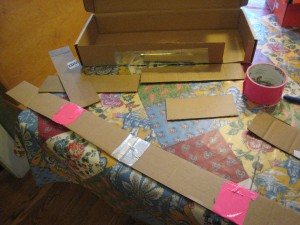 Cut out cardboard pieces the same depth as the box, tape them together, bend them and tape them inside of the box to create a maze.
Cut out cardboard pieces the same depth as the box, tape them together, bend them and tape them inside of the box to create a maze.
Try to keep the walls of the maze the same height as the box and be sure to cut an opening at the far end of the maze so that light can get in at one end.
Put a sprouted potato or two in the maze. Close the box and seal any light leaks (other than the opening) with tape. (See photo at top for an idea of how your maze should look, but they’ll all be different and there’s no “right” way to make your maze! Just make sure there’s a direct tunnel between your potato and the opening!)
Place the box somewhere where it will get plenty of bright sunlight pouring into the opening. Wait a few weeks and check your potatoes. (You can check them more often if you’re impatient, but they won’t grow any faster.)
What happens to the potatoes?
They should grow towards the light, since plants need light to grow. Using a process called photosynthesis, they can change sunlight, carbon dioxide, water and minerals into electrical and then chemical energy, which allows them to grow into food for other living things. In the process, they also give off oxygen, the gas that we breath.
How do you your potatoes grow without food and water?
There are nutrients and water stored in potatos that allow them to start growing for a while without soil and water.